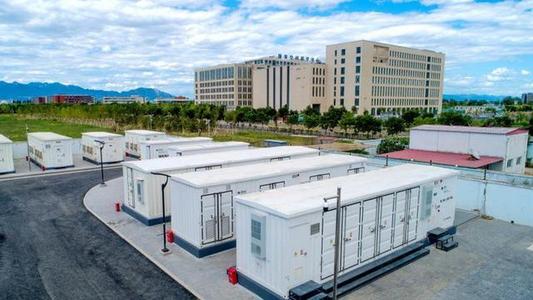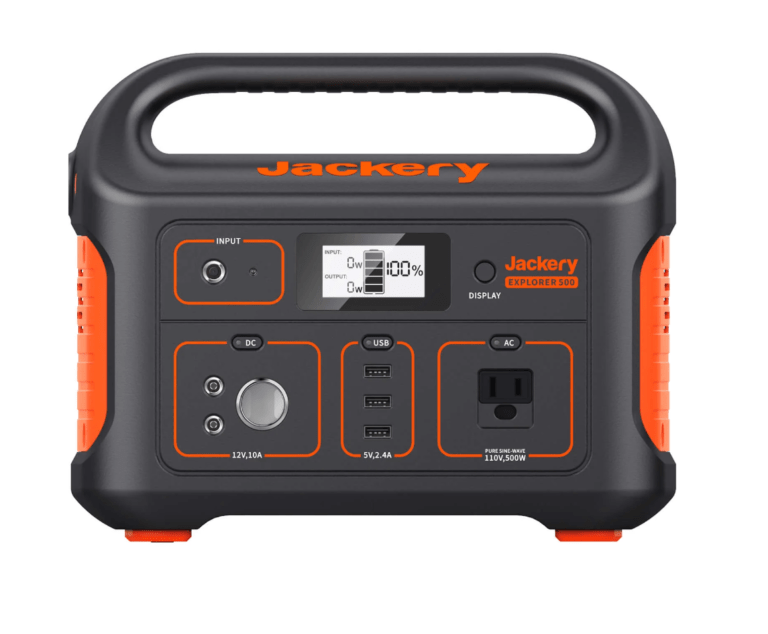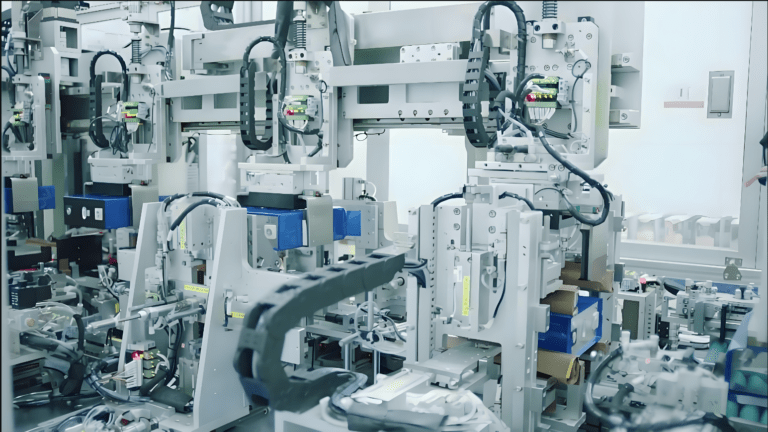U.S. Announces Tariff Increases on China Renewable goods
On May 14, the U.S. announced significant tariff increases on a range of Chinese products, drawing widespread international attention. Notably, lithium-ion batteries, solar battery cells, and electric vehicles (EVs)—referred to as the “new three major exports in China”—were included on the list without exemptions. This move is seen as an intensified version of the existing Section 301 tariffs on Chinese goods.
Tariff Increases on Key Products
- Lithium-ion batteries: Tariffs increased from 7.5% to 25%.
- Solar battery cells: Tariffs increased from 25% to 50%.
- Electric vehicles: Tariffs increased from 25% to 100%.
Limited Impact on China’s EV and Solar Industries
In 2023, China’s total EV export value reached $34.1 billion, with the U.S. market accounting for only 1.08% of this total. Therefore, the significant tariff increase on EVs is expected to have a minimal impact on the industry. Similarly, the impact on the solar industry is negligible. In 2023, exports of solar cells to the U.S. under categories 854142 and 854143 amounted to only $105.85 million, while exports to other countries and regions totaled approximately $43.5 billion.
Significant Dependence on Chinese Lithium Batteries
The tariff increase has the most substantial impact on lithium battery products. In the first quarter of this year, China’s lithium battery exports to the U.S. accounted for 22% of the total, reaching $2.908 billion (approximately ¥21 billion). From 2020 to 2024, the U.S. has been the largest destination for Chinese lithium battery exports. The U.S. also heavily relies on Chinese lithium batteries, with about 80% of the global production capacity concentrated in China, which hosts some of the world’s leading battery companies.
For example, some famous U.S. solar energy storage integrators use battery cells from china solar companies:
- Fluence uses cells from CATL, Sunwoda, and Envision.
- Powin uses cells from Hithium, EVE, and REPT.
- Tesla Powerwall uses cells from CATL.
- Energy Vault uses cells from REPT.
- ETC…..
Impact and Strategies
Interestingly, among the “new three major exports,” the tariff increase on lithium-ion batteries is the smallest. While high tariffs on the other two categories might be seen as largely symbolic, the tariffs on lithium batteries could be detrimental to both Chinese exporters and U.S. storage and EV manufacturers.
In terms of scale, the affected Chinese products’ annual imports amount to approximately $18 billion, a small fraction of the $427.2 billion in total U.S. imports from China in 2023. In today’s highly globalized economy, adhering to protectionism and imposing high tariff barriers is far from a wise strategy.
Strategies for Chinese Solar Energy Storage Companies
In response to the increased tariffs in the U.S. market, Chinese energy storage companies may consider the following strategies:
- Overseas Production: Establish production bases abroad to avoid the cost pressures from high tariffs.
- Technological Innovation: Enhance the technological content and added value of products through innovation to reduce reliance on price competition.
- Market Diversification: Actively explore other countries and regions to reduce dependence on a single market and distribute trade risks.
- Supply Chain Optimization: Improve supply chain management, increase production efficiency, and reduce costs to offset the impact of higher tariffs.
Whatever, Solar is the clean and endless energy, which have had devoloping human’s cost of living as the huge demand of energy, competition will make solar industry improving quickly and tangibly, that’s a good thing to mankind



